Back in Arusha, we awaited the arrival of Peter’s parents, who were on a three-leg, 21-hour flight (33+ hours including layovers) from Seattle. We felt a little guilty about our one hour flight from Zanzibar, but what do you do. Because his parents would be in Tanzania for only 9 days, they had about 36 hours to adjust to the time zone change and jet lag before we set off on safari. We were very impressed with their powers of recuperation because after the day they arrived, they didn’t seem any more tired at the end of the days than we were!
We first went to Tarangire National Park, the highlights of which were tree-climbing lions, baobab trees, and a lot of animal activity at a water hole. Next up was Lake Manyara, with birds being its highlight for us. Huge flocks of birds, large and small, around the lake, including thousands of flamingos. We learned first hand that flamingos are really noisy.
 Hundreds of yellow billed storks
Hundreds of yellow billed storks
 The lesser flamingo (greater flamingos are not as pink). Note the red eye.
The lesser flamingo (greater flamingos are not as pink). Note the red eye.
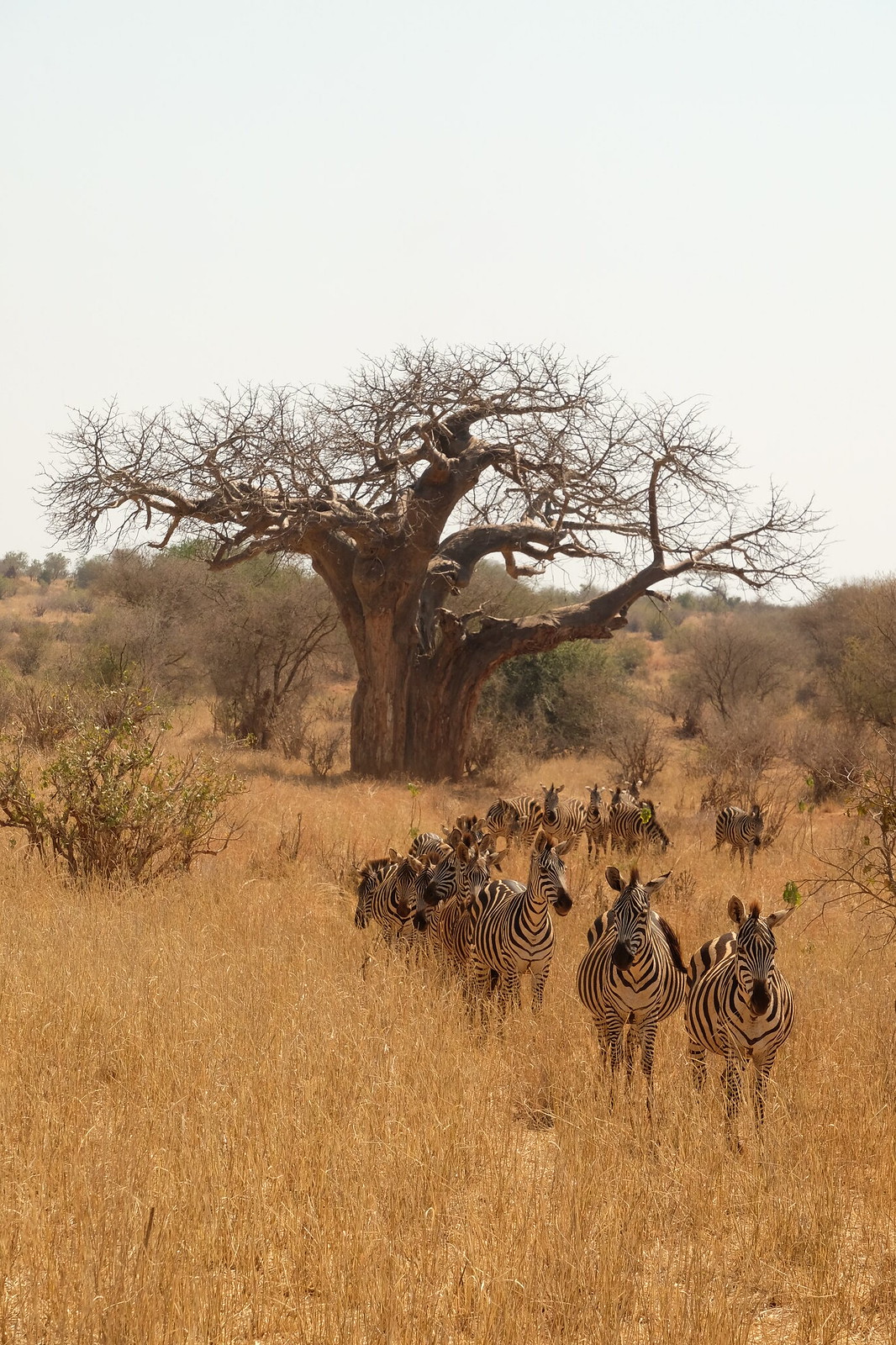 Zebras in front of the only species of baobab tree that grows in East Africa
Zebras in front of the only species of baobab tree that grows in East Africa
Then it was onto the Serengeti National Park, which is enormous. The drive between Lake Manyara and the Serengeti was long and memorable. It was drier and dustier than anywhere I’ve ever been, and we were constantly rolling up our windows to keep the dust in the car to a minimum, but rolling them down again when relatively clear so we didn’t bake. On this dreadful drive, we passed many Maasai with their herds of cows and goats, and it was hard to believe they could find anything for their herds to eat anywhere around. Well, later we saw that this was probably because their herds had already eaten everything there was to eat, because once we crossed into the park, the dust mercifully abated quite a bit and longer grasses started to emerge.
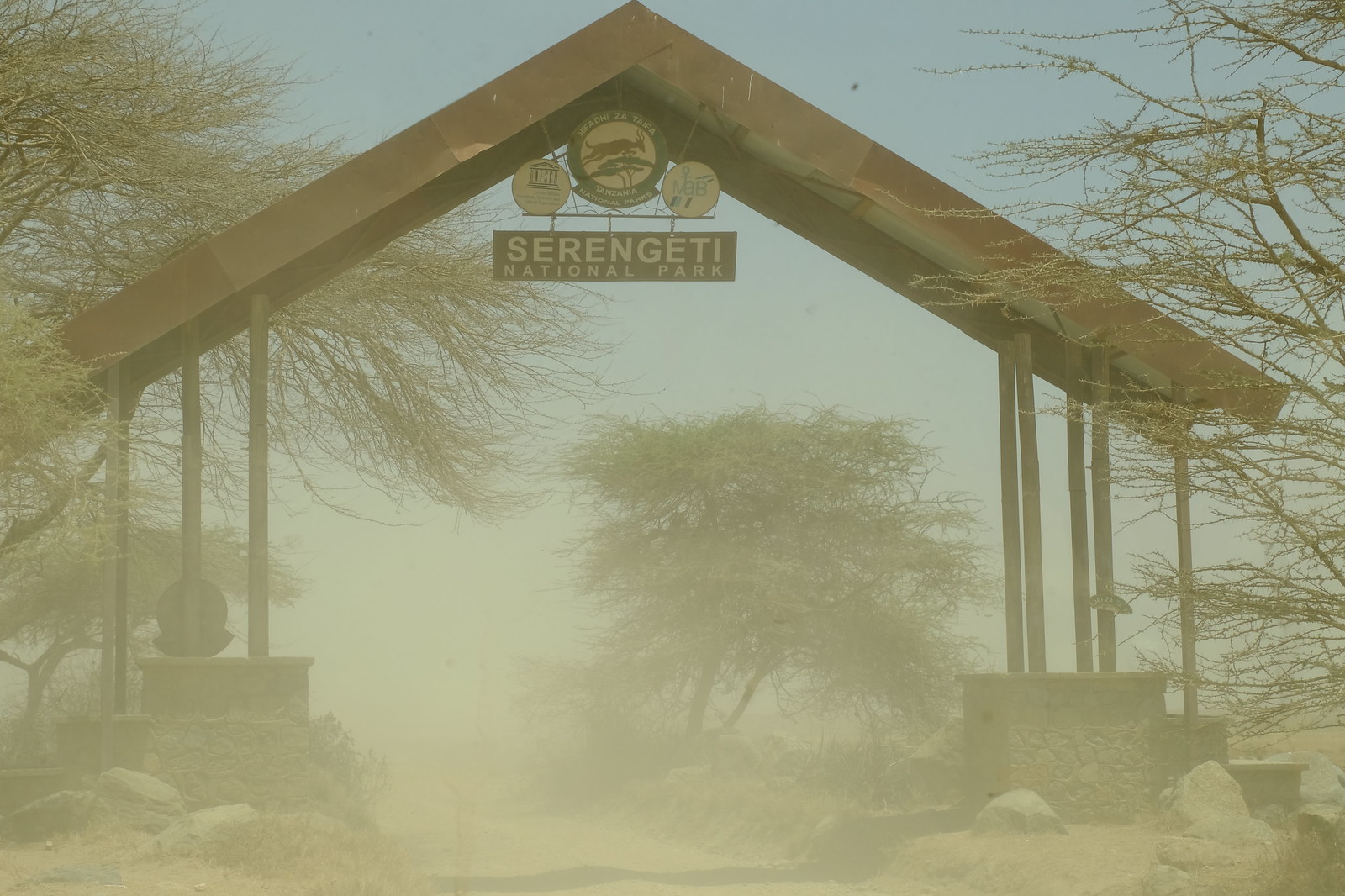 The dust was much worse than this on the drive into the park
The dust was much worse than this on the drive into the park
The Serengeti Plains comprise a lot of the park, are flat, and extend as far as the eye can see. It reminded me of eastern North Dakota, except with long grasses and things like cheetahs, hyenas and ostriches roaming around. The entire park isn’t quite this flat, and there were awesome rock formations sitting here and there in the middle of nowhere, usually providing a shady spot for some big cats to lounge. Also, by now the seasonal herds were back in the Serengeti and no longer in the Maasai Mara, and we saw larger herds here than we had in the Mara. We didn’t see a river crossing, but we saw a herd of wildebeest and zebra several hundred strong cross a road and it was a sight to behold. They just kept coming, and coming.
 A few wildebeest in a huge herd
A few wildebeest in a huge herd
We stayed three nights in the middle of the park itself in an unfenced camp — a new experience for Peter and me because our budget accommodations in Kenya were not located in the parks, they were outside. After dark here, we had to be escorted from our tent to the dining hall by a Maasai warrior carrying a spear. The experience of sleeping in the park was definitely worth it. We heard animals around our tent each night, and woke up to see cape buffalo and zebra within mere yards of us. Peter was actually kept awake the first night by all the braying zebras around the tent, which is a bit surreal to write. We didn’t want to leave this camp after the final night, and felt that we could get very used to waking up to African animals outside our window every morning.
 “Buffalo” was the name of our tent, obviously aptly named
“Buffalo” was the name of our tent, obviously aptly named
After returning on the same dreadful road, we headed to our final destination, the Ngorongoro Crater for our last night on safari. The crater is the largest inactive, intact and unfilled volcanic caldera in the world. This made for what I think was the most incredible landscape we had seen in Africa. It is also an animal sanctuary with lots of wildlife living inside the crater itself. We stayed at a lodge on very rim of the crater with a great view. The highlight was yet to come that night, however. Peter’s birthday was the following week, and since his parents would not be there for his actual birthday, I thought it would be fun to have a birthday cake brought out for him on our last night as a surprise after our buffet dinner. So the three of us agreed to do it and our guide arranged it. Well, we had no idea what kind of production this little cake would be. There must have been a few hundred people dining in the circular dining room, the ceiling over which was three stories high. As we were all done eating and I was wondering if they were going to do the cake thing soon, the lights flickered, which was a sign to the staff. Then the lights went out completely, and the entire waitstaff came out singing some kind of traditional song, with two of them carrying long tiki-type torches. It was really cool. Peter was watching all this with a look on his face like, “huh, this is neat, I didn’t know they were going to do a performance.” Then I was handed a torch, and his look turned to, “huh, why are they giving this thing to you? This is pretty weird.” at which point I started to get the giggles. He later told me at this point he had been thinking, “she doesn’t seem that surprised, which is odd, but I suppose they must be stopping here because we are at the end of the food line.” Then, as they were all crowded around our table singing this song, his look of wonder turned into a look of complete befuddlement, which stayed on his face even as the staff started singing Happy Birthday. At this point I had lost my composure and was laughing, hard, because he was still confused. Finally, it dawned on him, and he bent his head down and put his hand on his forehead and said, “oh, this is for me,” and turned red enough that I could tell in the dark that he was blushing. We got no photos of this but I wish we had gotten it all on film! In his defense, this didn’t happen only because he’s very easy for me to trick; it was also five days before his birthday, and it’s hard to keep track of dates on a trip like this so hadn’t given his birthday a thought up to this point.
After that night, we went on our last day of safari down into the Ngorongoro Crater. It was the perfect ending to the safari. So many animals live together in the crater, and they were impressive even after having seen most of them before. We also saw an animal we hadn’t seen yet — the caracol, a smaller cat right out in the open that is not very common to see in general, especially in the open. But for me, the best part was the scenery, which was stunning and so different from anything we had seen. Apparently a lot of people skip the Ngorongoro because it’s expensive to drive down into the crater (and it is), but we thought it was worth every penny.
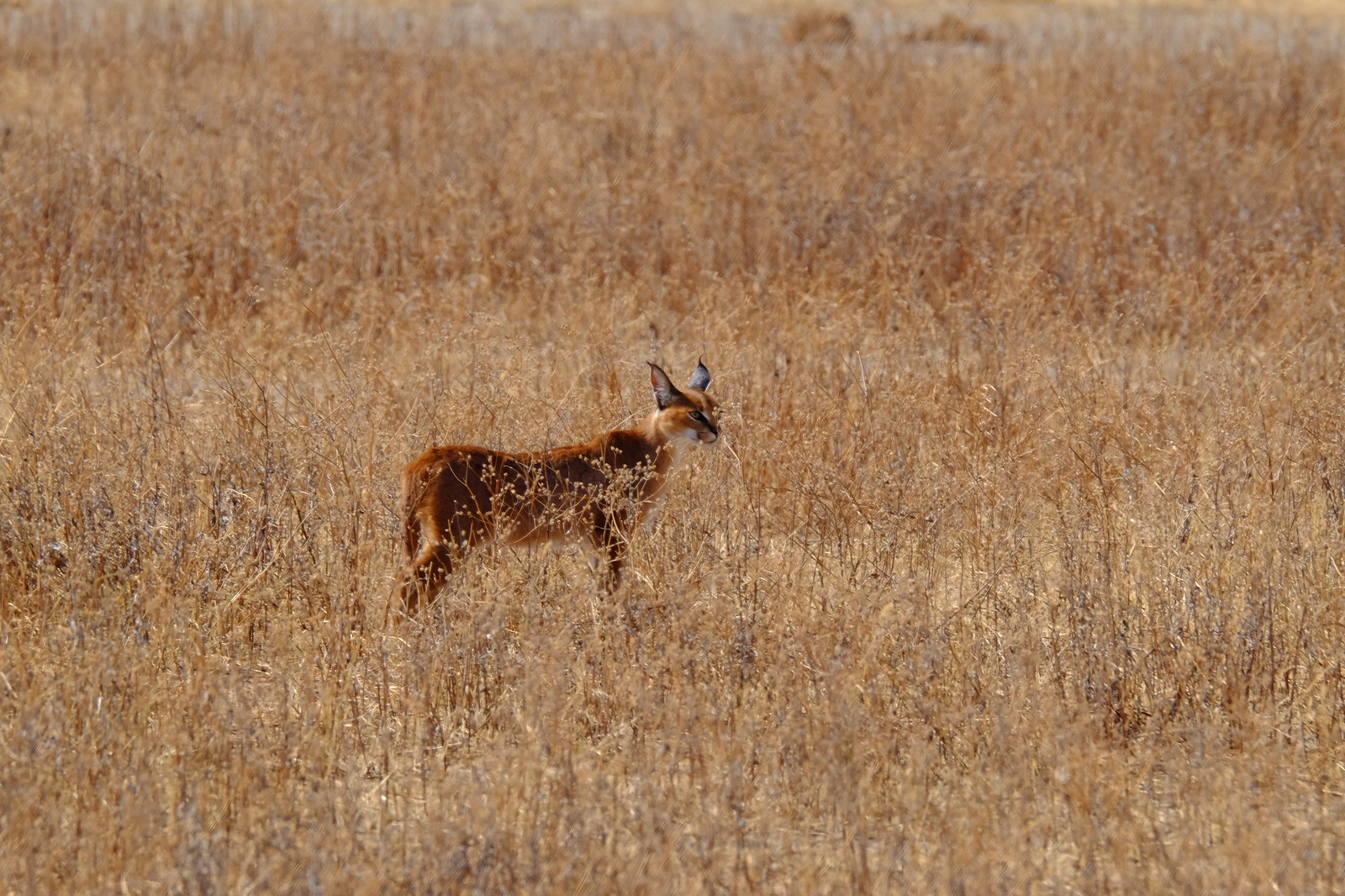 The caracol in the Ngorongoro Crater
The caracol in the Ngorongoro Crater
In case you are thinking about doing a safari yourself, I want to mention that we found it easy to plan last minute safaris in both Kenya and Tanzania. We planned this Tanzanian safari over email with Lion King Adventures in about 5 days while in Zanzibar. In fact, planning it last minute had the advantage of knowing exactly where the herds were going to be when we were there so that we stayed at the lodges/camps in the best locations. The herds were moving ahead of “schedule” this year, and we overheard one guy at the airport who had planned his trip far in advance say that they missed the herds where they were staying because they were early this year. In terms of luxury versus budget, we had hoped to do a budget safari similar to what we had done in Kenya, but found this option really didn’t exist in Tanzania. Budget safaris here meant sleeping on foam mattresses on the ground in small tents with shared bathrooms somewhere else. Given the fact that Peter’s parents were coming, we decided to do the next step up (a “mid-range” safari), and it was hard to believe that the places we stayed were not luxury accommodations. We can’t imagine what that would be like! Other than Zanzibar, we didn’t experience much of the rest of the country as we were really there for the wildlife. But the people we met were wonderful, always eager to help if we needed it. Which is what we have found literally everywhere in the world so far.

















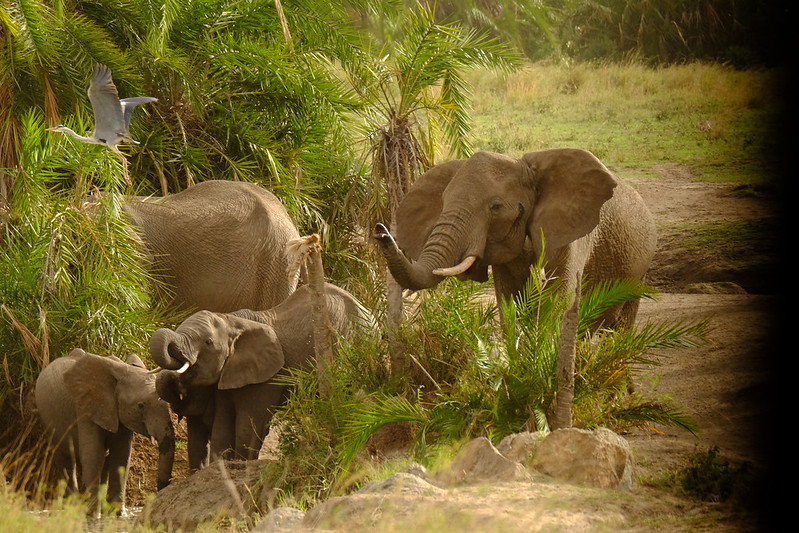

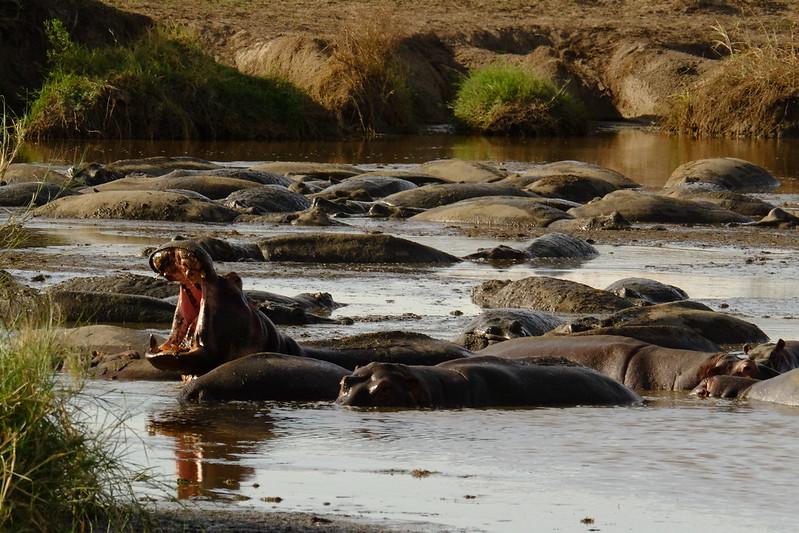





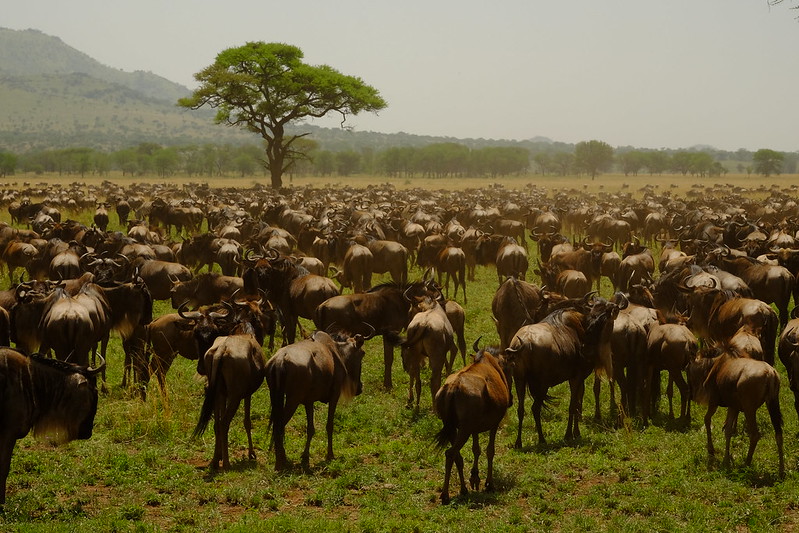


















7 replies